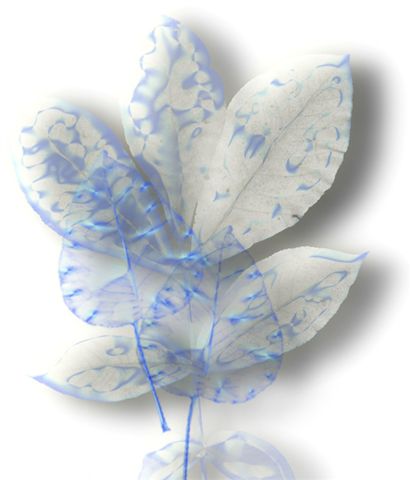
Mathematical Physics
Seminar
October
Schedule

Organizer: Joel L. Lebowitz
lebowitz@math.rutgers.edu
- Speaker- S. Fishman, Technion
- Title-Trapping of Particles by Lasers: The Quantum Kapitza Pendulum
- Time/place-Thursday 10/2/03, 11:30am in Hill 423
- Abstract-
It is demonstrated that a bound rapidly oscillating potential typically
traps particles even if its time average vanishes. The classical and
quantum dynamics in a high frequency field are found to be described by an
effective time independent Hamiltonian. It is calculated in a systematic
expansion in the inverse of the frequency. The work is an extension of the
classical result for the Kapitza pendulum. This work may be relevant for
the manipulation of cold atoms. Work done in collaboration with Nimrod
Moiseyev, Saar Rahav and Ido Gilary.
Please note there will be a brown bag lunch between the 2
seminars this morning. Bring your sandwich.
Coffee and homemade cookies will be
available.
Speaker-S. Chanillo, Rutgers University
Title- Nonlinear Eigenvalues and Analytic Hypo-ellipticity
Time/place-Thursday 10/2/03, 1:30pm in Hill 423
Abstract- We consider a non-linear eigenvalue problem that arises in the
study of analytic hypoellipticity. The core of the problem is a
non-self adjoint , compact linear operator. We prove that the point
spectrum is not empty.
___________________ _____________________
Speaker-H. Brezis, University of Paris/Rutgers University
Title-Thomas-Fermi Revisited
Time/place-Thursday 10/9/03, 11:30am in Hill 705**PLEASE
NOTE ROOM CHANGE**
Abstract- Please click here for abstract.
Please note there will be a brown bag lunch between the 2
seminars this morning. Bring your sandwich.
Coffee and homemade cookies will be
available.

